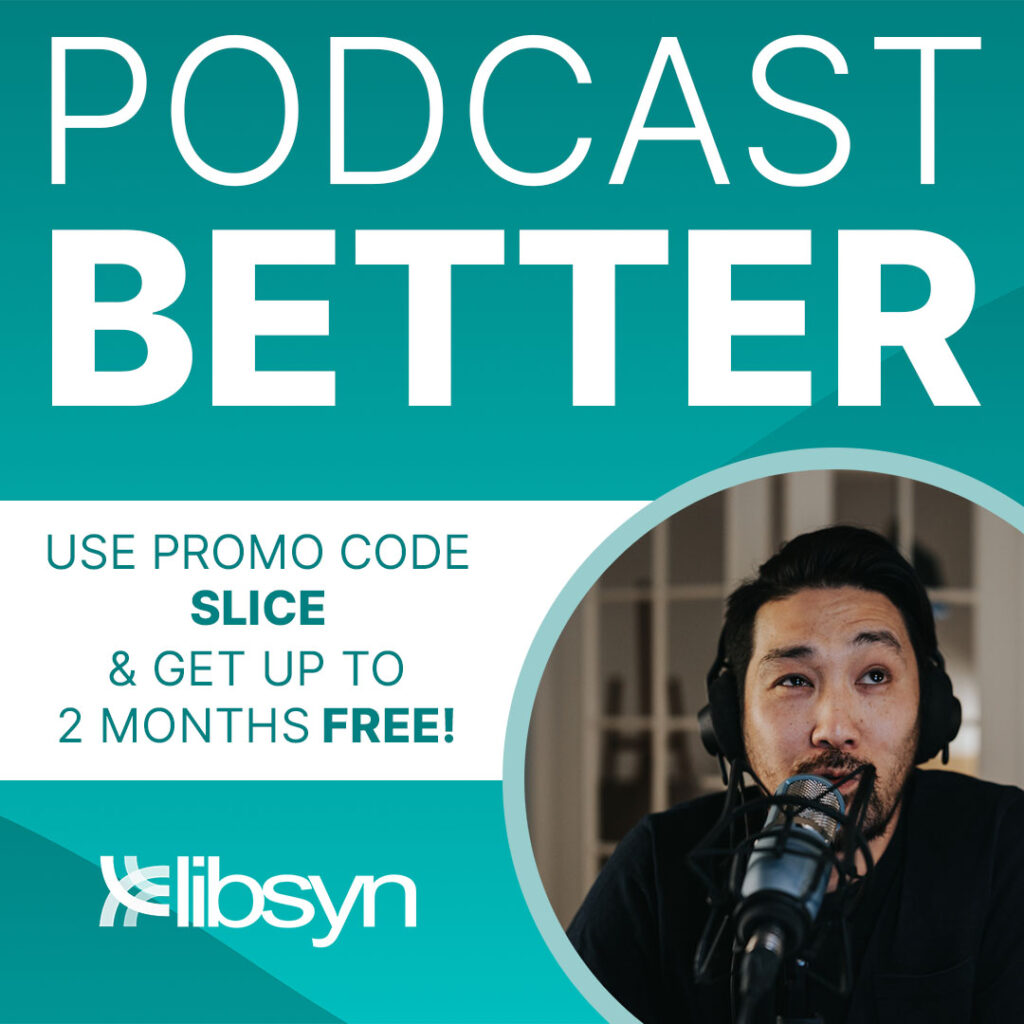 It is hard to think of a business better suited for social media marketing than a restaurant. It has all the elements of a business-to-consumer (B2C) enterprise. These elements require careful planning regarding social media marketing for restaurants:
It is hard to think of a business better suited for social media marketing than a restaurant. It has all the elements of a business-to-consumer (B2C) enterprise. These elements require careful planning regarding social media marketing for restaurants:
- Brick-and-mortar location
- Service (from wait staff) plus individualized, sometimes customized, products (freshly prepared meals)
- Payment which includes discretionary tipping
- Emphasis on comfort and environmental ambiance
- Socially acceptable product/service to use and discuss
I cannot overstate how important it is to control how a restaurant presents on social media and how to react to feedback. Meticulous design for social media solutions may even be the centerpiece of a restaurant’s overall marketing plan.
Restaurants Are Reviewed Everywhere On Social Media
Restaurants are one of the most-discussed businesses on social media. In addition to general review sites like Yelp, Google, and Yahoo Local, there are sites devoted to reviewing restaurants only, like Chowhound, Zagat, Urbanspoon, seriouseats.com, and Restaurant.com. Add in all the travel sites where restaurants are assessed along with hotels and tourist attractions and you’ve got a pretty saturated social media scene.
Because restaurants are so ubiquitous, it is important to have business operations firmly in place before you fully launch the social media side of your marketing plan. This plan should be carefully aligned with business goals and public relations. While most businesses start with an ambitious marketing plan, a new restaurant should keep it low-key for at least the first few months and limit its social media presence to a website, a Facebook business page, and a Pinterest account.
For those last two—Facebook and Pinterest—it is wise to engage an experienced food photographer. You do not want under- or over-exposed images of your product out there. High-quality photos are key for restaurant marketing. Put them on your website and feature them on a Facebook business page and a Pinterest account.
If you cannot afford a photographer at the moment, take photos of the restaurant interior with “diners” lovingly gazing at attractive, food-laden dishes. Skip close-up shots for now.
Social Media Guidance For New Restaurants
Stick to the basics for the first few weeks, advises restaurant owner and small business consultant Amy Foxwell. Writing for Restaurant Hospitality, Foxwell advises low-tech approaches like comment cards and referrals, “highly effective” tactics for this kind of business. These can be easily implemented on Facebook and a website.
As with any B2C organization, use your marketing tactics with the consumer (diner) in mind. Here are a handful based on recommendations from Wishpond:
- Your website and Facebook content should speak to your target audience or reflect your menu. If you are offering fine dining, keep the language formal. If you hope to have a neighborhood hangout, a homier tone will work. If you want the local college crowd, go visit the campus and listen to how they talk before you create content.
- Use lots of photos, but as I noted earlier, hire an experienced food photographer if you want to showcase close-up shots of the food.
- Geographically target your ads. Facebook is great for this, and I also recommend Groupon particularly if you cater to middle-class or family patrons. Offer coupons on your website as well.
- Be sure your menu is on your website and Facebook page. Don’t force visitors to download it, advises Restaurantengine.com. Instead, get high-quality photos of each menu page for your site, or design a nice menu layout.
Social Media Marketing For Restaurants - Don’t Be An Amy’s Baking Company
Why the caution? Because nothing spreads faster on social media than a massive cock-up.
Remember Amy’s Baking Company? Its owners did practically everything wrong on social media and made it worse after agreeing to be featured on a television show meant to help rescue it. Read Forbes’ terrific review of Amy’s social media blunders.
I rest my case.







